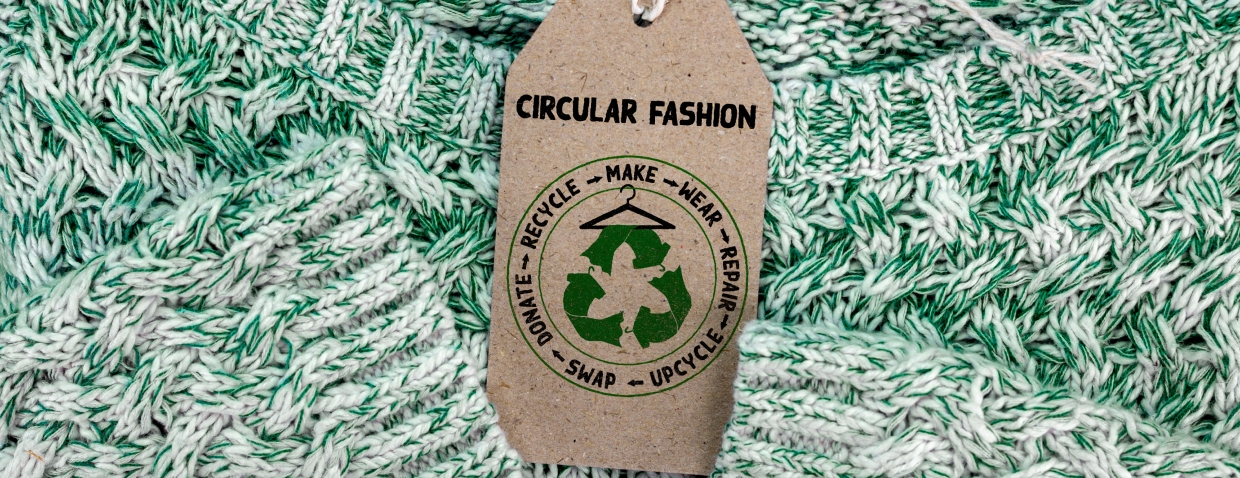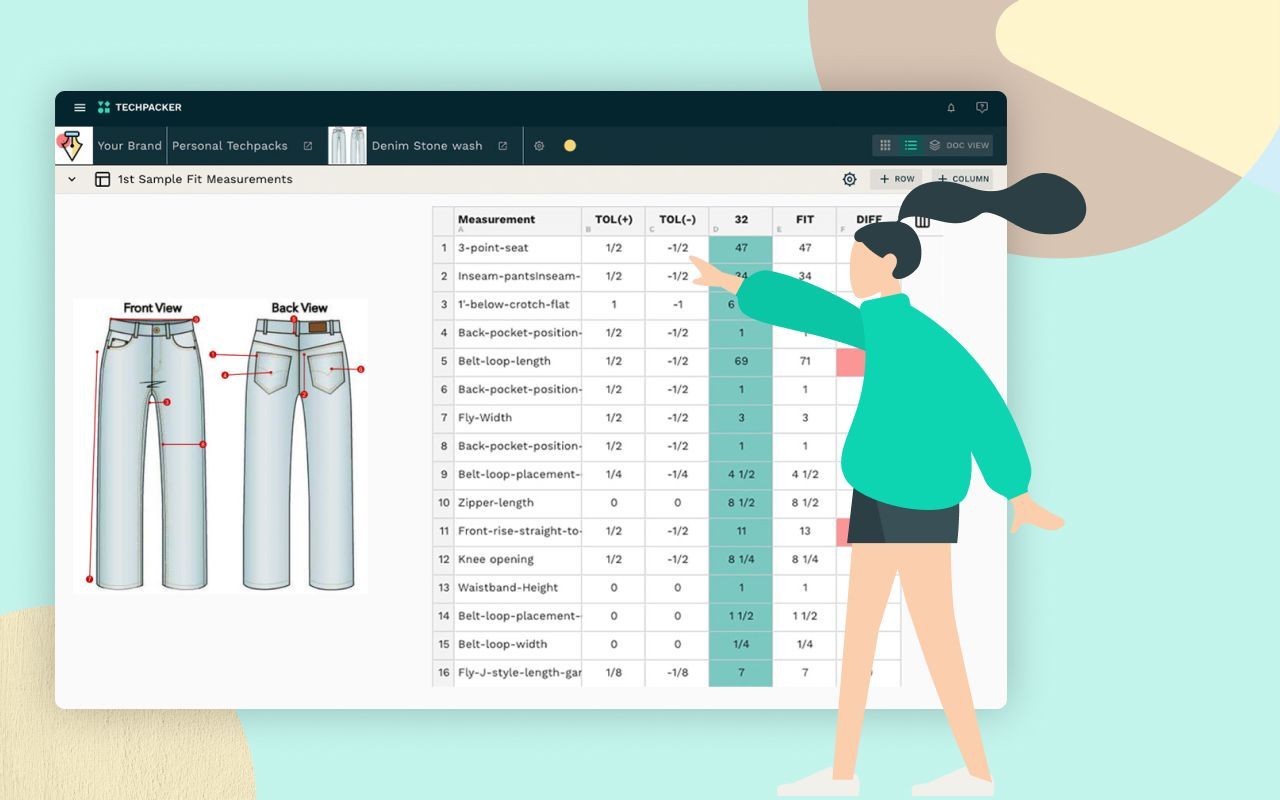To make a pattern from existing clothes, lay the garment flat, pin the front and back together, and trace the outline onto pattern paper. Add seam allowances and labels to complete the pattern.

Credit: shiftr.store
Methods Of Making A Pattern
Tracing Seams and Drawing Pattern: To make a pattern from existing clothes, start by tracing the seams of the garment onto pattern paper. Use a tracing wheel and magic tape to transfer the seam lines accurately. Once the seams are traced, draw the pattern pieces using the traced lines as a guide.
Adding Seam Allowance and Labeling Patterns: After drawing the pattern, add seam allowance to all pattern pieces. This will ensure that the final garment has enough room for sewing. Label each pattern piece with the garment name and any additional information like grainline or notches.
By following these steps, you can easily make a pattern from existing clothes. This method is cost-effective and allows you to replicate your favorite garments with ease.
Tools And Supplies
Learn how to create your own patterns from existing clothes with these easy-to-follow steps. Find out the necessary supplies and techniques to trace and replicate your favorite garments. Perfect for DIY enthusiasts and those looking to customize their wardrobe.
Essential Tools
- Tracing wheel
- Magic tape
- Measuring tape
- Pencil or fabric marker
- Pattern paper or muslin fabric
Recommended Supplies
- Pattern weights
- Scissors
- Seam ripper
- Sewing machine
- Iron and ironing board
When it comes to making a pattern from existing clothes, having the right tools and supplies is essential. Some of the essential tools you’ll need include a tracing wheel, magic tape, measuring tape, pencil or fabric marker, and pattern paper or muslin fabric. These tools will help you accurately trace the shape and details of your garment.
In addition to the essential tools, there are some recommended supplies that can make the process easier. Pattern weights will help hold your pattern paper in place while you trace, scissors will be necessary for cutting out your pattern pieces, a seam ripper may come in handy for any necessary alterations, a sewing machine will be needed for sewing your new garment, and an iron and ironing board are necessary for pressing your fabric.
learn about Vendor for Clothes
Tips For Making Different Garment Patterns
When copying a garment to create a pattern, lay it flat on paper. Trace around the edges of the garment using a tracing wheel. Make sure to transfer all markings and details such as darts, seams, and notches. For patterns with sleeves and armholes, carefully trace these areas to ensure proper fit and structure. Cut out the pattern pieces and add seam allowances before using them to cut fabric. When making structured tees and collar trims, pay close attention to the shaping and finishing details to achieve the desired look. Always label the pattern pieces to keep track of their purpose and placement.
:max_bytes(150000):strip_icc()/Wedding-Dress-Fabrics-Elias-Kordelakos-Main-aaf104ad04aa4483aac68eacf465175d.jpg)
Credit: www.brides.com
Resources For Pattern Making
Clone your favorite fashion pieces with these useful resources for pattern making from existing clothes. Learn how to trace, draw, and label patterns from t-shirts, dresses, and more through informative tutorials on creating structured tees, copying patterns, and using tracing wheels for a perfect fit.
Online Tutorials And Videos
How to Make a Pattern from Clothing (Without taking it Apart): In this YouTube video by My Green Closet, you’ll learn the step-by-step process of tracing your clothes and turning them into patterns. The video covers supplies needed, tracing seams, drawing patterns, finishing pieces, and tips for other types of garments.
How to trace your clothes and turn them into PATTERNS: coolirpa provides a detailed tutorial on YouTube, demonstrating how to use a tracing wheel and magic tape to create patterns. Key steps include finding the grainline, creating a sample, adding seam allowance, and labeling your patterns.
How to Make Patterns from Your Clothes (CLONE YOUR): on withwendy’s YouTube channel, you’ll find a video tutorial on how to make patterns from your clothes. This tutorial covers making the pattern, tracing armholes and sleeves, sewing the shoulder, and creating the collar trim.
How To: Copy A Pattern From A Garment You Already Have: The Sewing Retreat shows you how to easily copy a pattern from an existing garment in this YouTube tutorial. The tutorial covers where to start, marking darts, tracing sleeves, and drawing curved edges using a tracing wheel.
For more resources on pattern making, you can also check out websites like Closet Core Patterns, Mccall Pattern, Simplicity New Look Sewing Patterns, and Tilly and the Buttons. Additionally, you can watch tutorials on how to clone dresses, cut patterns from existing clothes, and create your own patterns. Pattern making methods include pattern drafting with measurements, cloning existing clothes, deconstructing ready-made clothes, developing a block from a commercial sewing pattern, and draping on the stand.

Credit: techpacker.com
Frequently Asked Questions Of How To Make A Pattern From Existing Clothes
How Do I Make A Pattern Out Of An Existing Garment?
To make a pattern from an existing garment: 1. Lay the garment flat. 2. Pin the front and back together. 3. Trace the outline onto pattern paper. 4. Add seam allowances and markings. 5. Label the pattern pieces for future reference.
By following these steps, you can create a pattern that replicates the shape and fit of your existing garment.
How Do You Cut A Pattern Out Of An Existing Dress?
To cut a pattern out of an existing dress, lay the dress flat and pin the front and back together. Then, trace the shape of the dress onto pattern paper. If needed, add seam allowances and label the pattern.
How Do You Copy Existing Clothes?
To copy existing clothes, lay the garment flat, trace its outline, and add seam allowances. Alternatively, take the garment apart to create a pattern. It’s also possible to clone clothes by draping, using commercial sewing patterns, or deconstructing ready-made clothes.
How Can I Create My Own Pattern?
To create your own pattern, follow these steps: 1. Trace your existing clothes to make a pattern. 2. Add seam allowances and label your patterns. 3. Copy patterns for different garments and check them. 4. Sew the pattern onto fabric for a structured tee or blouse.
5. Finish by creating collar trims or adding darts. Remember, you can also deconstruct ready-made clothes or develop a block from a commercial sewing pattern.
Conclusion
Creating your own patterns from existing clothes can be a challenging yet rewarding process. With the right techniques and tools, you can replicate your favorite garments and customize your own designs. Whether you are a beginner or an experienced seamstress, learning how to make patterns from existing clothes opens up a world of possibilities for your sewing projects.
With patience and practice, you can elevate your sewing skills and create unique, tailored pieces that reflect your personal style. So, roll up your sleeves, grab your tracing tools, and get ready to transform your wardrobe with your customized patterns! Start the journey to unlock your creativity and passion for sewing.


